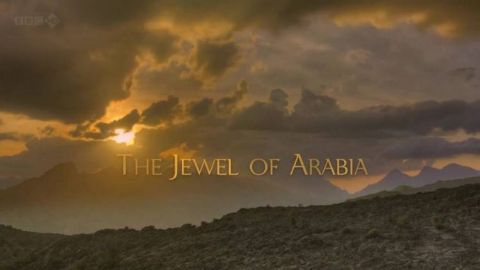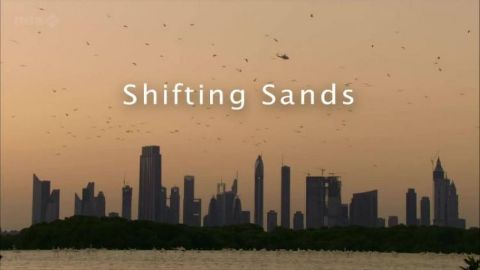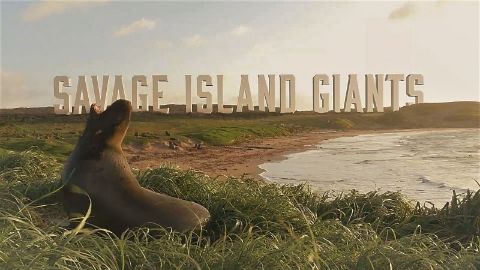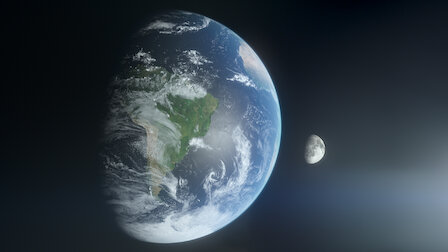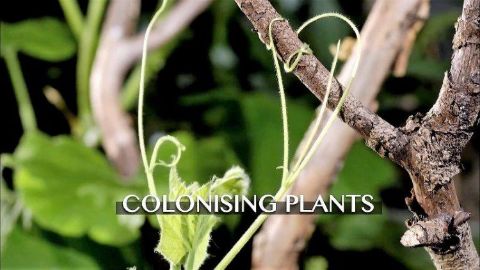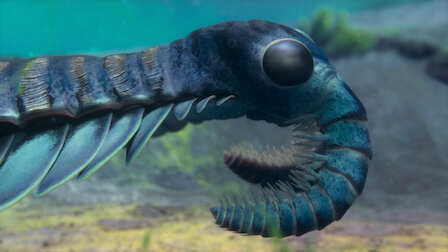Sand, Wind and Stars • 2013 • episode "S1E1" • Wild Arabia
Few places on earth evoke more mystery and romance than Arabia. This enters the forbidding wilderness and reveals a magical cast of characters. From the snow-white oryx that inspired the myth of the unicorn to the long-legged jerboa leaping ten times its own body length through the star-filled Arabian nights. Horned vipers hunt glow-in-the-dark scorpions, while Bedouin nomads race their camels across the largest sand desert in the world.
Make a donation
Buy a brother a hot coffee? Or a cold beer?
Hope you're finding these documentaries fascinating and eye-opening. It's just me, working hard behind the scenes to bring you this enriching content.
Running and maintaining a website like this takes time and resources. That's why I'm reaching out to you. If you appreciate what I do and would like to support my efforts, would you consider "buying me a coffee"?
Donation addresses
BTC: bc1q8ldskxh4x9qnddhcrgcun8rtvddeldm2a07r2v
ETH: 0x5CCAAA1afc5c5D814129d99277dDb5A979672116
With your donation through , you can show your appreciation and help me keep this project going. Every contribution, no matter how small, makes a significant impact. It goes directly towards covering server costs.

